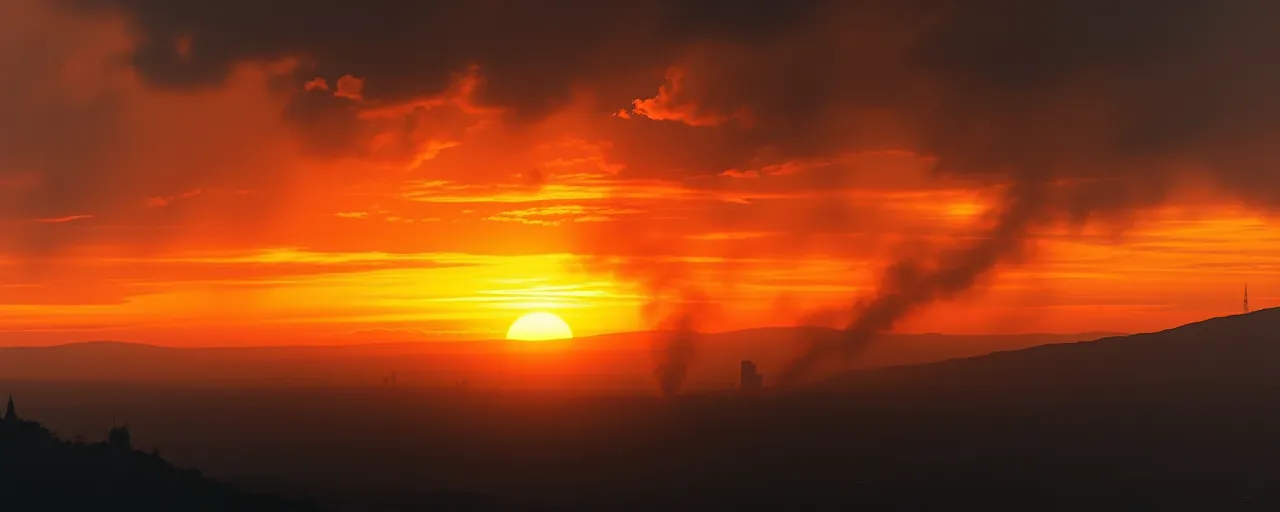A City on the Mend
Los Angeles is clawing its way back from the January 2025 wildfires, which torched over 16,000 structures and 40,000 acres. The scars run deep, but relief efforts are gaining traction. This week, local officials announced $19.1 million in grants to help small businesses, nonprofits, and workers hit hardest by the disaster. The funds aim to stabilize communities where livelihoods crumbled overnight.
The grants, drawn from a mix of state and private contributions, reflect a broader push to rebuild. Yet, for every step forward, challenges loom. Many businesses face permanent closure, and workers grapple with lost income. The relief package is a lifeline, but it’s not enough to cover everyone in need, raising questions about what it takes to restore a city after catastrophe.
Breaking Down the Relief
The $19.1 million package supports 1,372 businesses and 2,309 workers, with awards ranging from $2,000 for individuals to $25,000 for organizations. Half of the businesses aided lost physical locations entirely, and many are legacy operations that anchored their neighborhoods for over a decade. For workers, the funds target those facing permanent job loss or who lack access to unemployment benefits, with nearly half reporting low incomes.
The state kicked in $10 million, bolstered by contributions from private players like Maersk, APM Terminals, and LA Rises, a recovery initiative backed by local leaders. Despite the progress, a $6.7 million shortfall remains, leaving over 2,300 applicants without aid. Fundraising continues, with officials urging more donations to close the gap and keep recovery on track.
A Broader Recovery Landscape
Beyond grants, Los Angeles is tackling recovery on multiple fronts. The Federal Emergency Management Agency recently greenlit an expanded debris cleanup program, with a deadline for applications extended to April 15. This follows a rapid response that cleared hazardous materials from properties in under a month. Meanwhile, the state’s California Jobs First Economic Blueprint, launched in February, funnels $13 million into local recovery projects, prioritizing small business support.
Nationwide, disaster recovery faces hurdles. The federal Disaster Relief Fund is stretched thin, with a $3 billion deficit delaying projects across the country. Small businesses, vital to local economies, often struggle to reopen after disasters, with estimates suggesting up to 40% never recover. Nonprofits step in to fill gaps, offering shelters and mental health support, but they too face funding shortages that limit their reach.
Voices From the Ground
For those receiving grants, the aid offers breathing room. A longtime shop owner, whose store burned to the ground, described the $15,000 award as a chance to restart, though rebuilding costs far exceed the amount. A worker who lost her job at a destroyed nonprofit said the $2,000 grant helped cover rent, but finding stable employment remains a slog. These stories highlight the human toll and the uneven path to recovery.
Others express frustration over gaps in support. Some business owners, particularly those underinsured, face hurdles accessing additional aid. Advocates for workers point out that low-income households, already stretched before the fires, need more robust safety nets. Balancing immediate relief with long-term rebuilding remains a delicate act for officials navigating limited resources.
Looking Ahead
Los Angeles’ recovery hinges on blending quick aid with lasting solutions. The grants mark progress, but the funding shortfall underscores a broader truth: disasters expose cracks in even the strongest systems. Partnerships between government, private donors, and community groups are proving vital, yet sustaining them demands ongoing commitment. Plans to bolster climate-resilient infrastructure and streamline rebuilding processes offer hope, but results will take years.
For now, the city presses on. Each grant, each cleared lot, each reopened shop signals resilience. The road is long, and not everyone will make it to the other side unscathed. Still, Los Angeles is stitching itself back together, one determined step at a time, as its people lean into the hard work of starting over.
